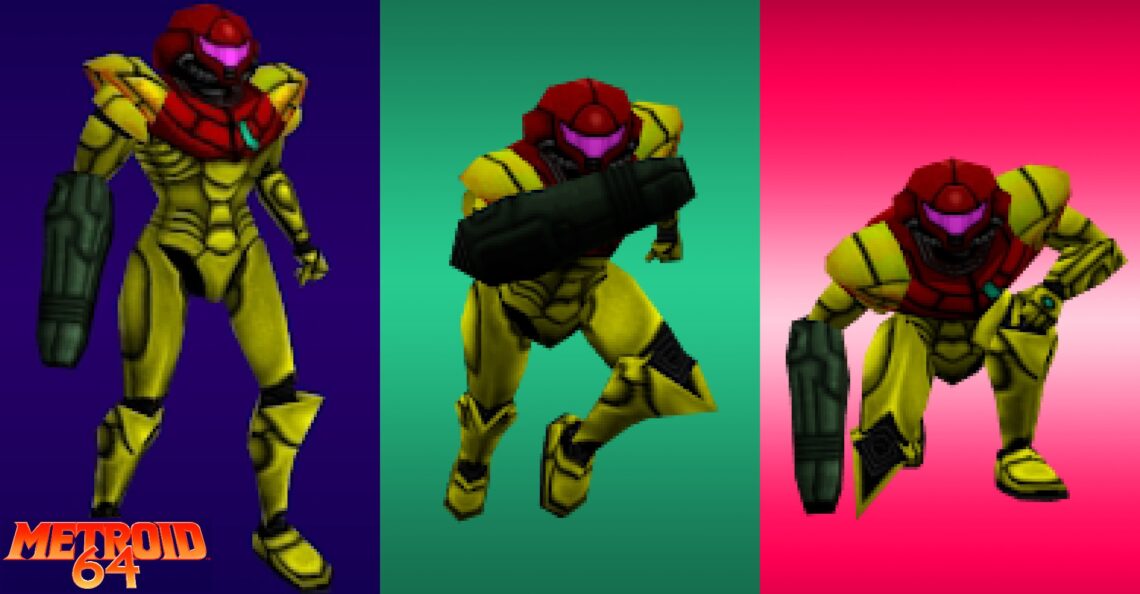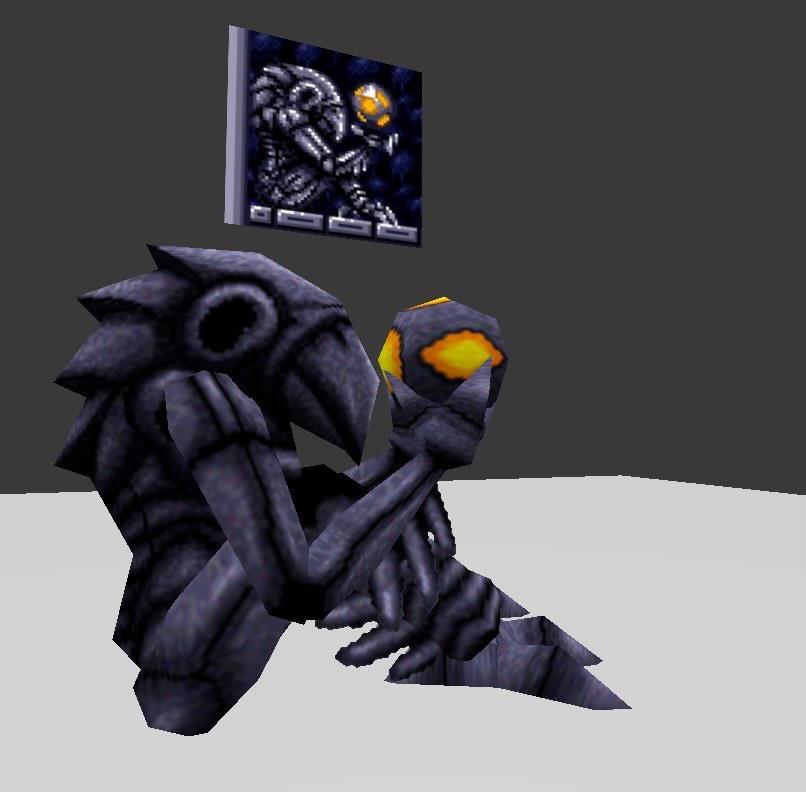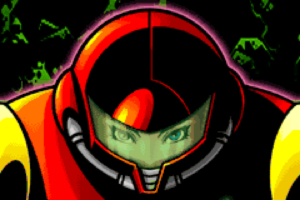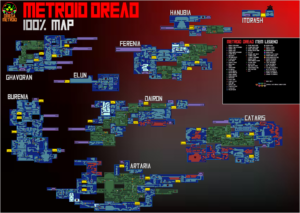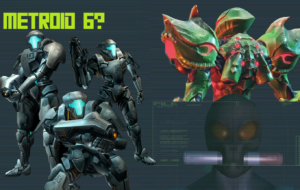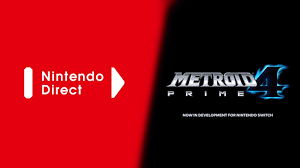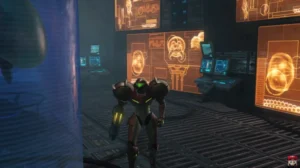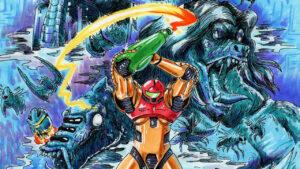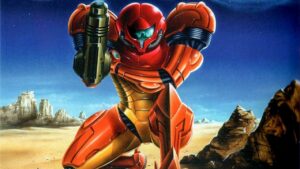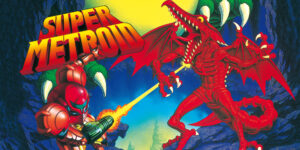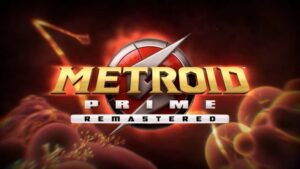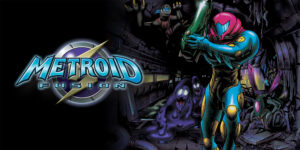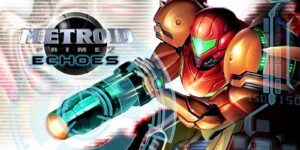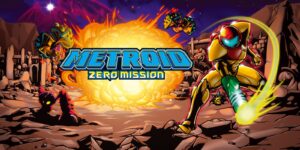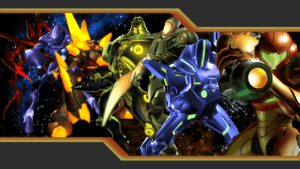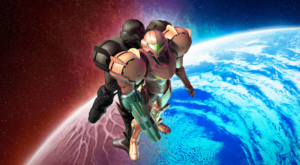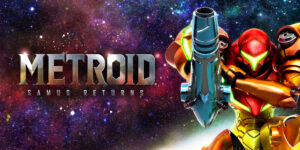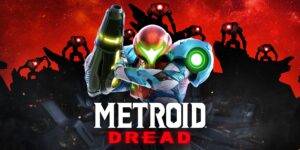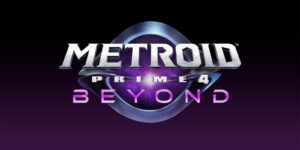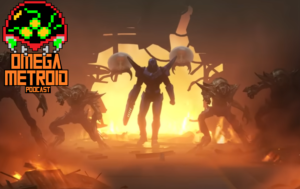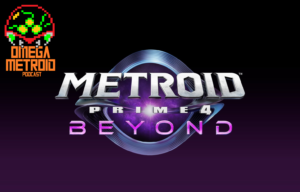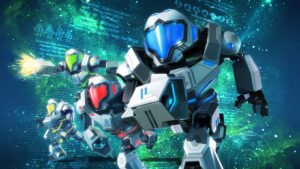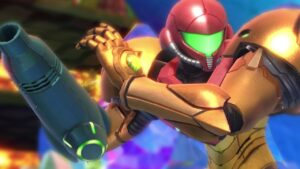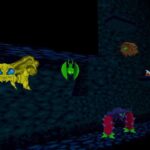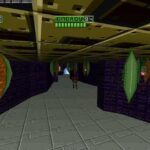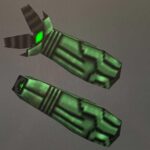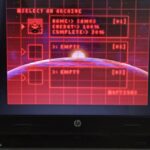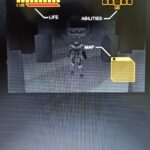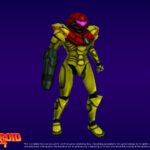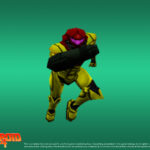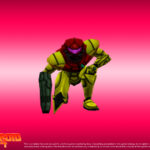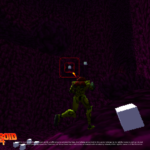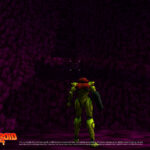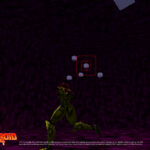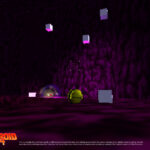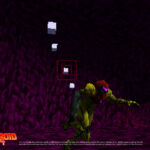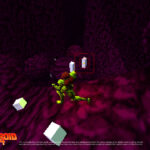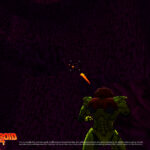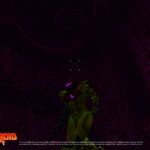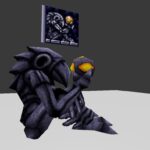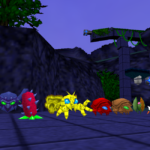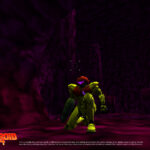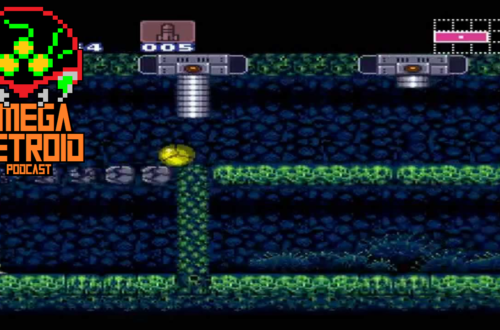A couple months ago, a video showing off a hypothetical Metroid game in the style of your average third person shooter on the Nintendo 64 – appropriately codenamed Metroid 64 – started making it’s way around the internet, showing off what a Metroid game on the N64 could have looked like. This demo, developed by Luto Akino and friends, really captivated Metroid fans, and more specifically me, as I kind of game into my own in terms of figuring out what kind of games I liked to play in and around the early N64 era. I decided to reach out to Luto to see if I could pick his brain about the challenges of working on a project like this, and what inspired him to keep working towards what seems like an inevitable ending, and where he learned to make a game that looks like it would be right at home on the N64!
Luto was kind enough to answer some of my questions, and even sent some never before seen concept art and animations our way for our readers to enjoy. Check out our conversation below, and make sure to follow Luto on Instagram to follow the progress of Metroid 64. Scroll to the bottom of the interview to check out a gallery of cool screenshots and animations!
NOTE: It’s worth repeating, every asset shown in this article is an original creation of the Metroid 64 team. Some language has been edited for clarity and language.
Hey Luto! Andy from Omega Metroid here. Thanks for taking the time to answer my questions, I really appreciate it! To get started: tell us a little bit about the origins of Metroid 64.
It all started on a personal whim a few years ago and was simply a test of Samus being controlled in third person. I remember downloading a low poly model of Samus Aran from the internet, to which I created the basic animations to later program the camera and the movement of the character in Unity Engine. but it all ended there as a tech demo and as a story for my Instagram. It wasn’t until a few years later that the whim resurfaced and on that occasion, I added Samus’s shooting behavior and again uploaded a story to Instagram. But this time it caught the attention of several people and I began to receive positive responses, so I began to create a playable demo that would consist of 1 area of Metroid (NES). A person contacted me by DM and to my surprise it turned out to be the creator of the 3D model of Samus that I had been using all this time, Adrian Garcia. We talked briefly and he and mentioned to me that he had already been working on a version of Metroid 64 but with a 2.5D perspective; He convinced me to create a Metroid 64 from my already developed work and this wonderful project was born.
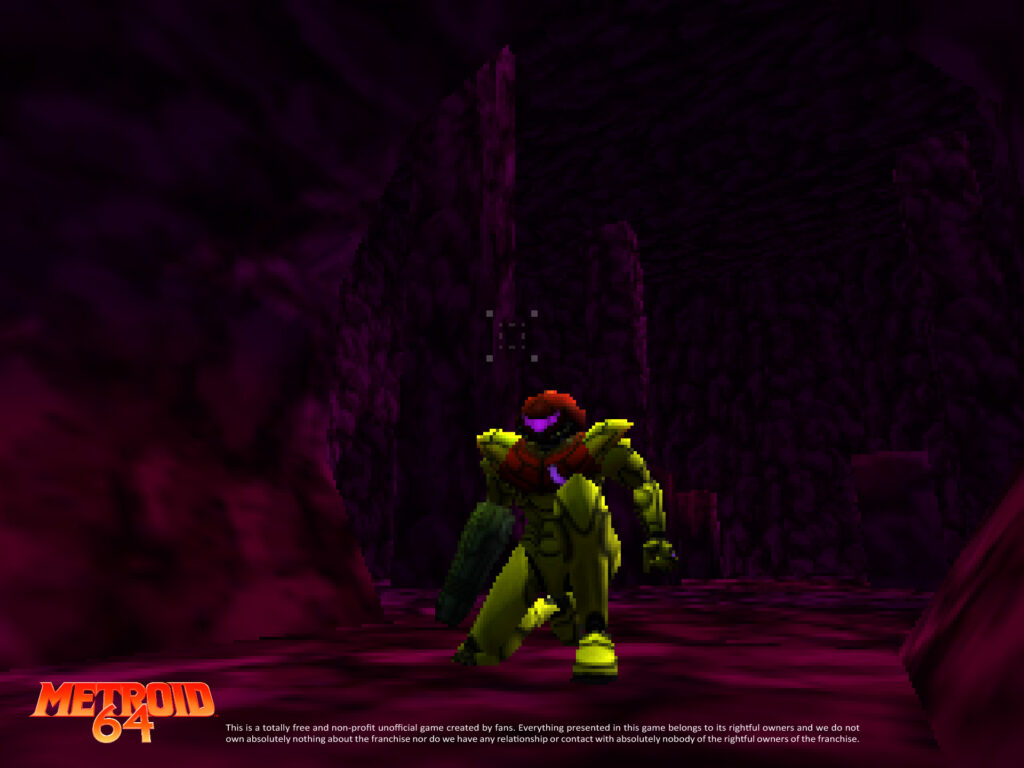
The gameplay of Metroid 64 looked exactly like I had imaged a N64 Metroid game would look back in the day. Obviously we know that Metroid eventually turned to a first person perspective for 3D, but are you like me in that you had always imagined a 3D Metroid 64 platformer? Was this your vision all along?
Yes, this is part of my vision from the beginning, I’m sure that all the fans had dreamed of a Metroid in third person; one that will include the free camera, one that lets us admire the beautiful armor of Samus interacting with the environment, and what better way to do it than by alluding to the game that never existed, but that fans always wanted to have in their hands.
Previously, we’ve heard series producer Yoshio Sakamoto claim he couldn’t have seen how 3D Metroid would have worked on the N64. In developing the game so far, what have been the biggest challenges?
I think Sakamoto-san is absolutely right. There are a huge number of obstacles in developing a true and genuine Metroid 64 for a 64-bit console. It wasn’t just the 1-joystick structure of the console controller, but I imagine there were issues like game storage, cartridge memory, development costs, and how difficult it was to develop for the console. I think Sakamoto-san was very wise and intelligent in his decision. Thank heavens, today we have wonderful tools to develop software, but even so, there is still a big challenge. I think one of the most difficult challenges so far has been programming the aiming moves of Samus and the physics of the Morph Ball.
In the tech demo for Metroid 64, it looks like the player is able to move Samus’s arm cannon around for a 360 degree-esque shooting experience rather than just a fixed blaster. Can you talk us through how shooting works, the target lock on system, and the challenges of implementing this?
I think this combat system is perfect for Metroid. Pinning and killing enemies is very fun and intuitive; moving and jumping through the scenarios while at the same time being able to shoot will be essential in this game. On the one hand, you can do the famous Z-targeting, and on the other, you can shoot freely while moving the camera with the help of one of the joysticks. Additionally, you also have a dodge ability that adds more dynamism to the gameplay. All of this very much in the style of The Legend of Zelda: Ocarina of Time.
Internally, all this is achieved by calculating different vectors that are launched in different specific directions, which obtain varied information such as distance, angles, collision, and other parameters that are ultimately used to determine where the shot is going, what direction Samus is facing, what she is targeting, even calculations that allow the direction, position, and sequence of the animation of Samus when shooting. The total implementation of the attack and combat system was not easy because there are many parameters that need to converge between them (for example Samus/Target/Camera) and there are many external agents that must be taken into account, such as the topology of the scenario, the class of enemy, items, etc., which was a great challenge to overcome and in which I invested a lot of time and effort. In the end, it has been masterful and more than satisfactory!
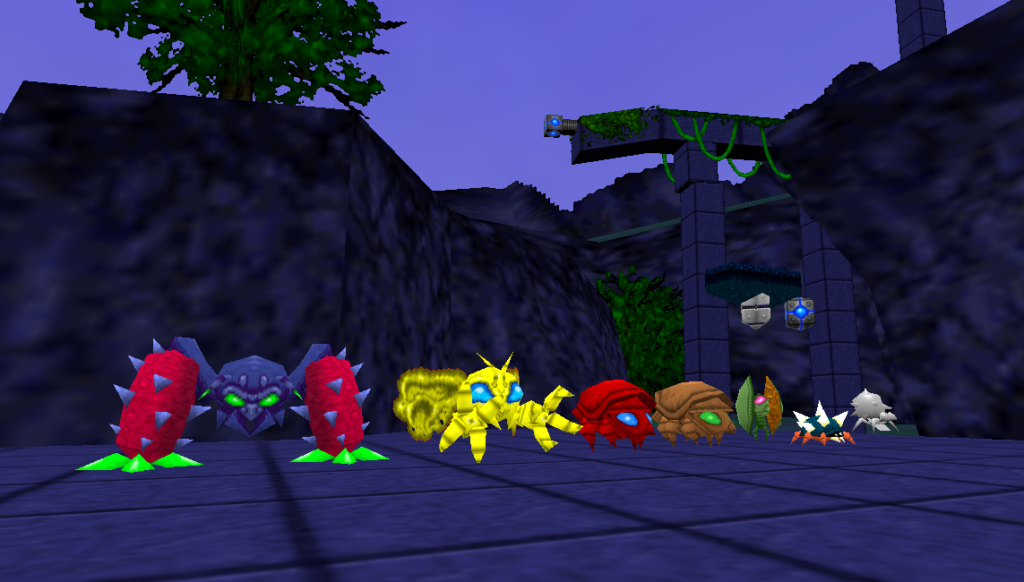
The transition to the Morph Ball looked flawless to my eyes in Metroid 64. We know how infamously difficult the Morph Ball transition was in Metroid Prime; was the process similarly challenging in 3D?
The first version of the Morph Ball had been easy and straightforward to implement thanks to the engines rigid body physics system. but now I have changed that system and created my own physics behavior system with the help of an element called ‘Character Controller’. This second system took me quite a few weeks to implement and it turned out to be difficult for me , but now it works great and the collisions feel more precise. The Morph Ball no longer feels like a soccer ball bouncing all over the place or slipping off all the inclines platforms and I really like that.
As for the visual aesthetic of Samus rolling inside the walls and the stage, it’s not quite ready yet, but I already have a clear idea of what I want to do.
All assets created for Metroid 64 have been original, so theoretically, this makes it harder for Nintendo to shut this project down, but at the same time, Nintendo is fiercely protective of their IP. Are you concerned about Nintendo stepping in, or have you had any contact with them?
I want to make this dream come true and I am being very careful in that regard. So far I haven’t had any contact with the company that owns the Metroid franchise, but if they come looking for me, I just hope it’s to hire me (laughs).
Your project recently blew up, being covered by outlets such as Kotaku, IGN, and the like. Do you welcome this kind of coverage or would you rather try to keep your project under the radar for reasons being the aforementioned Nintendo.
I love when people talk about my work, I am very grateful to everyone and it is an honor for me. Every interview, every article, every word of encouragement, and every positive thing that helps me continue on this journey. I’m quite enjoying all this while it lasts, thank you very much to all the media and fans who have been interested in the project. What’s next, Castlevania?!
You have the benefit of hindsight in developing this N64 style game. Are there any titles that you’ve played, either on the N64 or modern, that could inspire some of the mechanics we see in Metroid 64?
I have four important influences for this fan game. Ocarina of Time is the first and the base of everything, I think it goes without saying that Ocarina of Time is a legendary title, it has a solid combat system, its controls are very easy, intuitive and, smooth, the game is full of creativity in each frame that is shown on the screen, and its sound and music section will be remembered for hundreds of generations to come as a standard that changed the video game industry.
With said game as a base in mind, it was just a matter of looking for the missing details elsewhere to put the puzzle together. Mega Man Legends 1 & 2 were the next candidates, because with this game, I was able to corroborate more deeply how the shots could be implemented with targeting and how to improve the convergence between the jumps-stage-camera-shots.
Next up was Star Fox 64. The way the Arwing’s shots feel when pressing the controller buttons is very satisfying and fun, and the way the reticle slides across the screen when you move was also another detail I shouldn’t have missed. It goes without saying, but its continuous action, the atmosphere, and battle immersion that it fosters in the player at each level while listening to its amazing music were also influences.
Finally, Blaster Master Blasting Again was inspiring in terms of the topology and level design. It gave me a clearer vision of what the caverns of an alien planet might look like.
You laid out a pretty detailed story synopsis that explains the setting and why Samus in again in action. With giving us much or as little information as you want to, does your vision for a Metroid 64 game include series staples like Ridley, Metroid’s, Mother Brain, etc. or were you looking to create new threats and characters?
I think it’s too early to spoil the surprises! The less you know, the more fun and entertaining it will be in the end for everyone.
What can we expect for future updates, content, development, etc?
Well, we have a musical composer and he has already composed a first sketch of the main theme that sounds masterful, so in the future we will show some musical pieces that will be included. We’ll also share some minor enemies, some new and some we’ve previously seen, screenshots and videos directly from of the gameplay, and more about the story (but always avoiding spoilers).
As for the total content of the game, don’t get your hopes up too much. my goal was never to put in multiplayer, or extra gameplay types. In terms of content, imagine it more like a Super Metroid.
The game is obviously a labor of love. What drives you to work on a project like this? Is there anything you want Metroid fans to know about the project or your team?
It’s a personal emptiness, it’s like a missing piece of a big puzzle inside me, now fueled by positivity and support from media and fans.
Finally, on behalf of the entire team currently made up of Adrián García (2D/3D design), Rodrigo Plata (musical composer), and myself (Luis Alberto Aquino Alvarado – Luto Akino), I would like to thank all the media and each of the fans. who have given us their support and words of encouragement and who continually fan the flames of this great project, because without you it would not be the same!
Thank you so much Luto for taking the time to answer out questions! Wishing all the success and luck in the world for Metroid 64!
Thank you very much! See you next mission!
